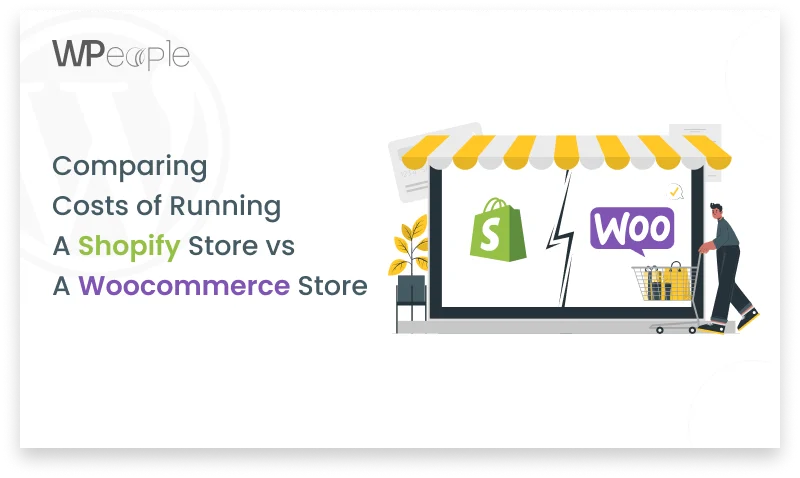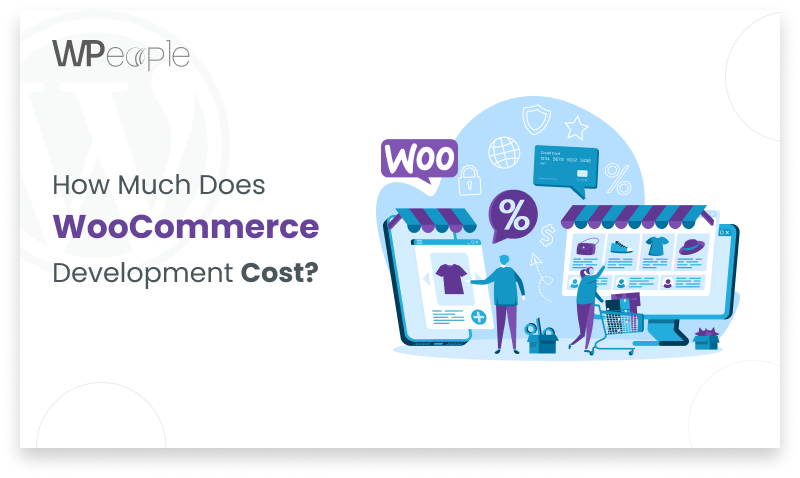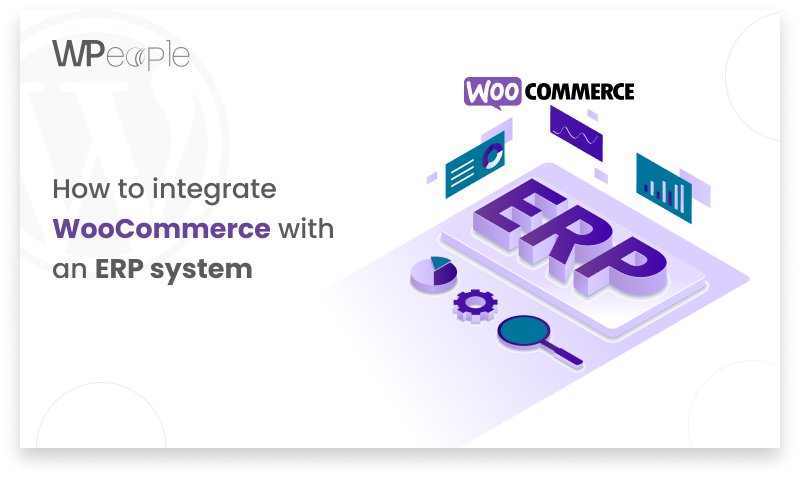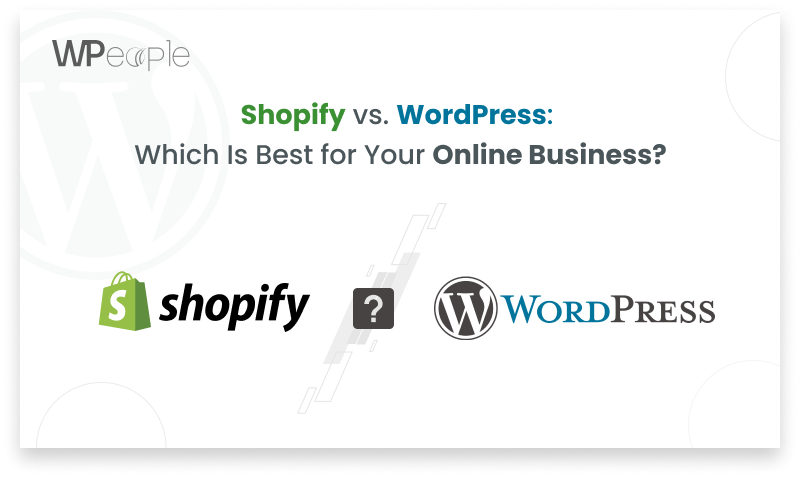
A. Shopify is a popular e-commerce platform that allows businesses to create an online store quickly and easily. It offers a user-friendly interface, extensive design options, and a variety of features to help businesses manage their online store efficiently. WooCommerce, on the other hand, is a plugin for WordPress that enables businesses to transform their website into an online store. It offers a range of features and flexibility, but it requires more technical knowledge than Shopify.
B. The purpose of comparing Shopify and WooCommerce is to help businesses determine which platform is better suited to their needs and budget. The comparison will focus on the costs associated with running an online store on both platforms, including subscription fees, transaction fees, and additional costs. By examining these costs, businesses can make an informed decision about which platform to choose for their online store.
Shopify Store Costs
A. Monthly Subscription Fee Shopify offers several subscription plans ranging from $29/month to $299/month, depending on the features required. The Basic Shopify plan costs $29/month, the Shopify plan costs $79/month, and the Advanced Shopify plan costs $299/month. Each plan comes with different features and transaction fees.
B. Transaction Fees Shopify charges transaction fees ranging from 0.5% to 2%, depending on the subscription plan. The Basic Shopify plan has a 2% transaction fee, the Shopify plan has a 1% transaction fee, and the Advanced Shopify plan has a 0.5% transaction fee. However, these transaction fees can be reduced or eliminated by using Shopify Payments as the payment gateway.
C. Additional Costs Shopify also charges additional fees for features such as custom domains, premium themes, and third-party apps. These costs can vary depending on the specific feature or app required. For example, a premium theme may cost anywhere from $100 to $300, while a third-party app may cost anywhere from a few dollars to hundreds of dollars per month.
Overall, Shopify’s costs can add up quickly depending on the specific features and transaction volume required. However, it does offer a user-friendly interface and a range of features to help businesses manage their online store efficiently.
WooCommerce Store Costs
A. WordPress Hosting WooCommerce requires businesses to have a WordPress website to run their online store. Therefore, businesses will need to pay for WordPress hosting, which can cost anywhere from a few dollars to hundreds of dollars per month depending on the hosting provider and plan selected.
B. WooCommerce Plugin The WooCommerce plugin is free to download and use. However, businesses may need to pay for additional features or extensions, such as payment gateways, shipping integrations, and tax calculations, which can cost anywhere from a few dollars to hundreds of dollars per year.
C. Payment Gateway Fees WooCommerce supports a variety of payment gateways, such as PayPal, Stripe, and Square, among others. However, each payment gateway may charge transaction fees ranging from 2.9% to 3.5% + 30 cents per transaction. These fees can vary depending on the payment gateway and the country in which the business is located.
Overall, WooCommerce Development costs can vary depending on the specific hosting provider, features, and payment gateways required. However, it does offer businesses more flexibility and control over their online store, particularly for those with more technical knowledge or a pre-existing WordPress website.
Comparing Shopify and WooCommerce Costs
A. Shopify vs. WooCommerce Subscription Fees Shopify offers three subscription plans with costs ranging from $29/month to $299/month. WooCommerce, on the other hand, is free to use but requires businesses to pay for WordPress hosting, which can range from a few dollars to hundreds of dollars per month. Overall, Shopify’s subscription fees are more straightforward and predictable, while WooCommerce’s costs can vary depending on the hosting provider and plan selected.
B. Shopify vs. WooCommerce Transaction Fees Shopify charges transaction fees ranging from 0.5% to 2%, depending on the subscription plan. WooCommerce, on the other hand, does not charge any transaction fees, but payment gateways may charge fees ranging from 2.9% to 3.5% + 30 cents per transaction. Overall, businesses with high transaction volumes may find Shopify’s transaction fees to be more cost-effective, while those with lower transaction volumes may prefer WooCommerce’s fee structure.
C. Shopify vs. WooCommerce Additional Costs Shopify charges additional fees for features such as custom domains, premium themes, and third-party apps, which can vary depending on the specific feature or app required. WooCommerce, on the other hand, offers the core plugin for free but may require businesses to pay for additional features or extensions, such as payment gateways, shipping integrations, and tax calculations. Overall, the costs of additional features and extensions can vary significantly for both platforms depending on the specific needs of the business.
Both Shopify and WooCommerce have their own costs and pricing structures, and the best option for a business will depend on their specific needs and budget. Shopify may be more straightforward and predictable in terms of costs, while WooCommerce may offer more flexibility and control over the online store.
| Pros and Cons | Shopify | WooCommerce |
| Pros | – Straightforward subscription fees | – Free to use |
| – Lower transaction fees for higher volumes | – More control over hosting and website design | |
| – Comprehensive app store | – No transaction fees | |
| – Good customer support | – Large community of developers and users | |
| – Quick and easy setup | – Integrates well with WordPress ecosystem | |
| Cons | – Subscription fees can add up | – Hosting fees can vary widely |
| – Limited control over hosting and website design | – Limited customer support | |
| – Transaction fees for lower volumes | – Additional costs for some features and extensions | |
| – Additional fees for some features and integrations | – More technical knowledge required | |
| – Limited customization options | – Limited scalability for larger stores |
Overall, both platforms have their strengths and weaknesses, and the best choice for a business will depend on their specific needs and preferences. While Shopify may be more user-friendly and feature-rich, it can also be more expensive and limiting in terms of customization. On the other hand, while WooCommerce may offer more control and flexibility, it also requires more technical knowledge and may have additional costs associated with hosting and extensions.
Conclusion
When it comes to choosing between Shopify and WooCommerce for an online store, businesses should carefully evaluate the costs associated with each platform. Shopify offers predictable subscription fees and lower transaction fees for higher-volume businesses, as well as a comprehensive app store for additional features and integrations. However, these benefits come with some limitations, such as less control over hosting and website design, additional fees for some features and Theme integrations, and limited customization options.
Consult with Our WordPress Experts On:
- WooCommerce Store
- Plugin Development
- Support & maintenance




